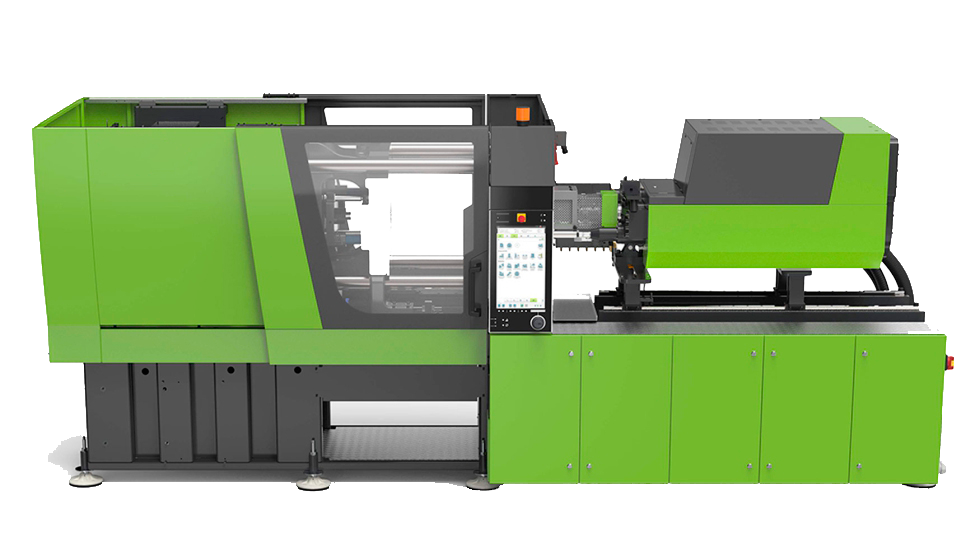In this article we will discuss the importance of carrying out a correct maintenance of the plastic injection mould, as well as the periodicity of the tasks and a detailed explanation of them.

Industry increasingly needs to optimise working times and the correct operation of all the equipment in the installation (injection moulding machines, injection moulds, cooling equipment, etc.). This has led to a great evolution in industrial maintenance, from waiting for the breakdown to arrive, to methods with the aim of predicting breakdowns and even determining the causes of the problem and eradicating them.
The maintenance tasks on plastic injection moulds can be classified into three categories: preventive, corrective and predictive.
- Preventive maintenance of plastic injection moulds: Preventive maintenance is based on carrying out certain revisions to the elements of the installation, regardless of whether they have broken down or are working correctly, in order to minimise the number of future breakdowns.
- Corrective maintenance of plastic injection moulds: Corrective maintenance consists of repairing mould or machine breakdowns due to deficiencies that could not be detected during preventive maintenance. This type of maintenance cannot be planned and therefore disrupts the work plan.
- Predictive maintenance of plastic injection moulds: Predictive maintenance is used to ensure the correct operation of the machines by inspecting the control parameters, such as the general condition of the injected parts, if any scratches or burns are visible, if the filling is incomplete, etc. This inspection is carried out without the need to dismantle or stop the machinery, simply by visual inspection and analysis of the parts.
It is important to emphasise that the utmost care must be taken when handling the injection moulds during maintenance and to use the right tools to avoid breakages and increase the mould’s service life. Regular maintenance helps the mould to operate with fewer interruptions, saving time and money.

The amount and frequency of maintenance of injection moulds is determined by several factors:
- Injection mould material: Moulds made of aluminium will suffer more wear in the same period than moulds made of steel.
- Complexity of the injection mould: Moulds that have intricate mechanisms or parts requiring very tight tolerances will require more extensive maintenance than a simple mould.
- Wear: Injection moulds can be subject to further wear due to incorrect parameters or lack of proper care. Examples of this are: high injection pressures, lack of lubrication of the components, inadequate transport, etc.
- Injection material: A mould that is injecting materials that are filled with glass fibre or carbon fibre will wear much faster than one that is working with unfilled plastics.
By way of summary, the following table has been drawn up with the preventive maintenance actions to be carried out for the correct maintenance of plastic injection moulds, on which area to act, and how often, for an injection mould.
| Where | Action | Diary | Weekly | Every two weeks | Annual |
|---|---|---|---|---|---|
| Fitting plates | Check bolts and nuts | X | |||
| Gas leaks | Clean with solvent and compressed air | X | |||
| Mould guide bushes | Clean | X | |||
| Mould guides | Cleaning and greasing | X | |||
| Ejector plates | Check bolts and nuts | ||||
| Bars | Check the fastening of the bars to the plates and the machine. | X | |||
| Connectors | Check that they are free of water or moisture | X | |||
| Hydraulic cylinders | Check for oil leaks | X | |||
| Hydraulic cylinders | Check the fastening | X | |||
| Injection Moulding | Check the fastening | X | |||
| Injection Moulding | Dismantling and cleaning | X | |||
| Injection Moulding | Replace worn parts of the mould | X | |||
| Injection Moulding | Grease all the moving parts of the mould. | X | |||
| Injection Moulding | Check all fasteners | X | |||
| Injection Moulding | Check all electrical connections and all cable protections and sheaths. | X | |||
| Injection Moulding | Replace all O-rings | X | |||
| Injection Moulding | Check cooling circuits | X |
It must also be taken into account that every time the mould is removed from the injection moulding machine, a small amount of maintenance must be carried out to keep it in optimum condition. This maintenance should at least include:
- Cooling system cleaning: The cooling systems of the mould must be completely emptied and all traces of water must be completely removed to prevent oxidation.
- Visual inspection: Visual check that there are no scratches, bumps or holes in the cavities.
- Cleaning of injection moulds: Before storing the mould, any plastic residue that may remain in the mould inlet must be completely removed.
- Greasing: The cavities of the mould must be greased so that they do not scratch or rust during the standing time.
In conclusion, although the life of a mould is not infinite, correct preventive, corrective and predictive maintenance can increase its useful life considerably, which is why it is important not to neglect this aspect and to have it as a fundamental pillar in the production process.




